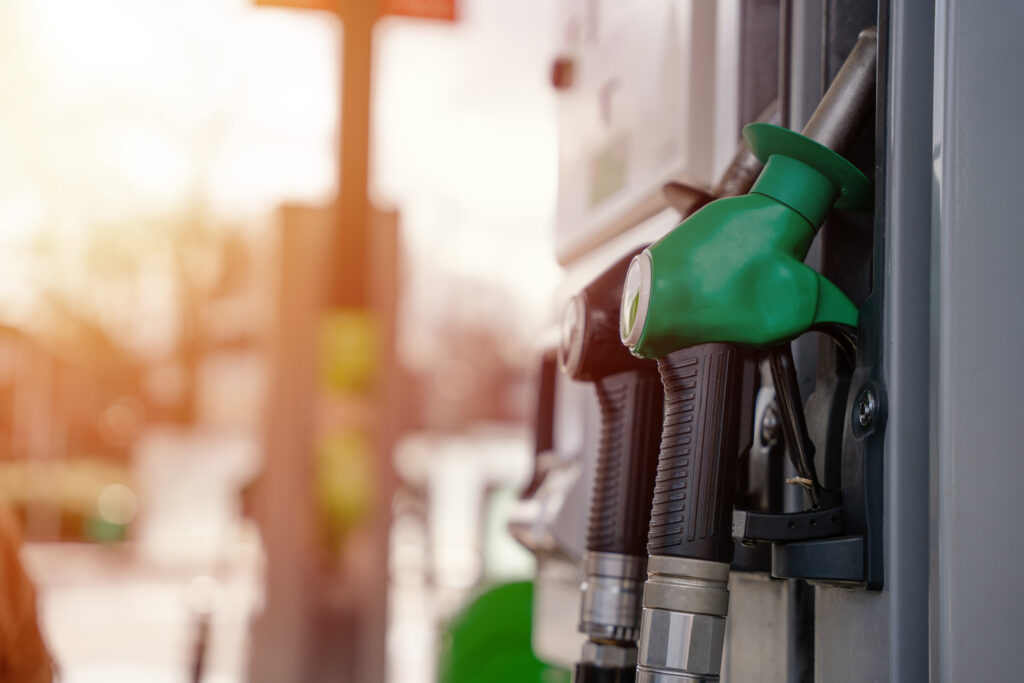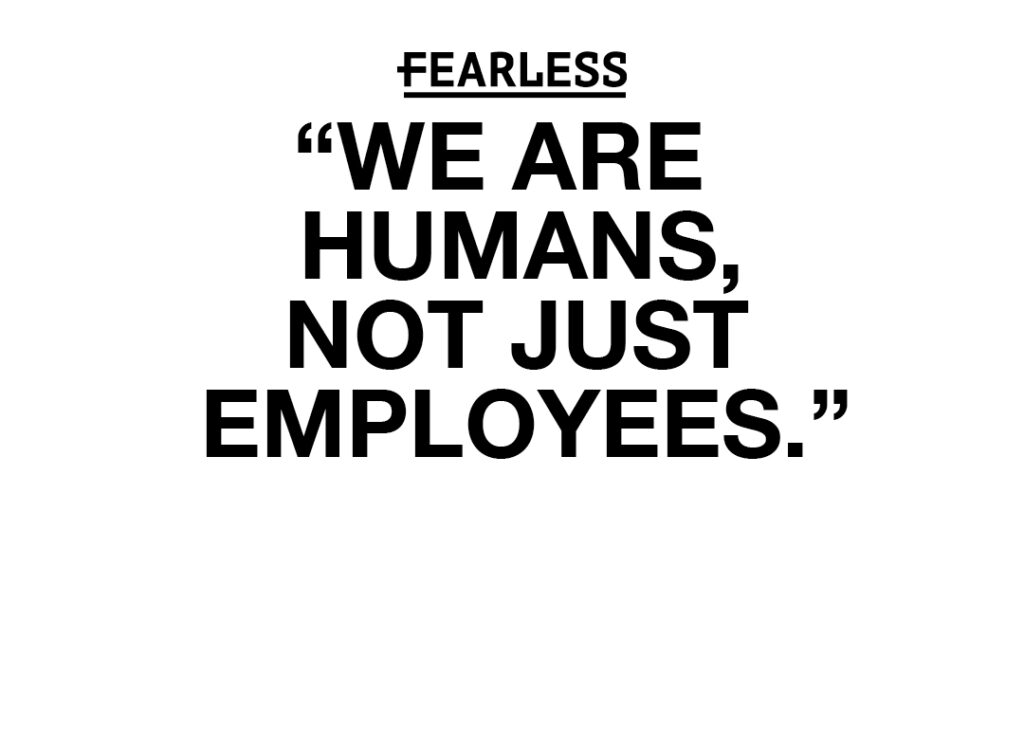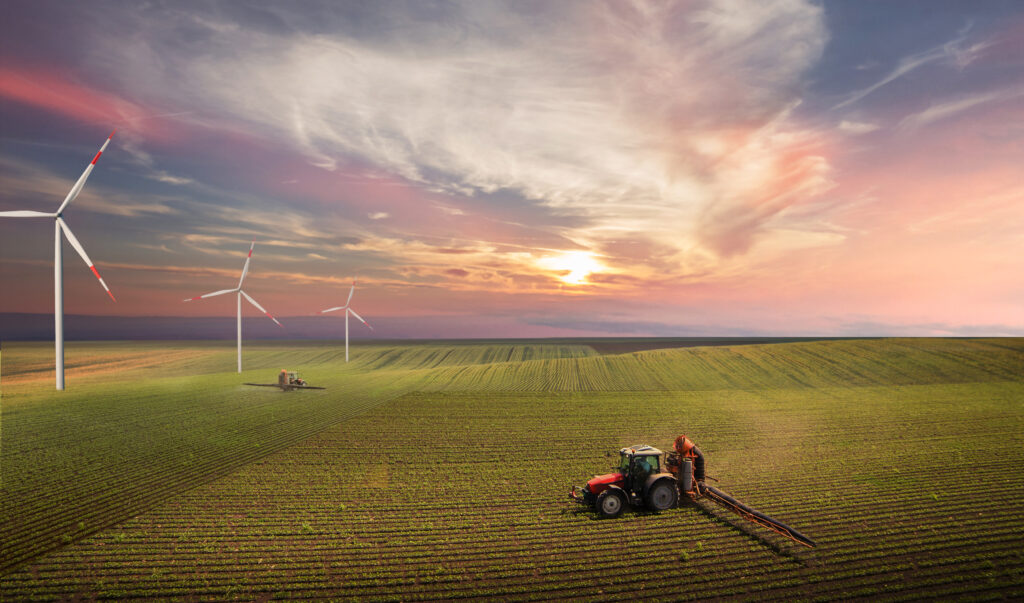A case for action on global warming

It’s a scenario that’s frightening to consider: Weeks on-end with unrelenting high temperatures above 95 degrees in Central Iowa and a dramatic decrease in the state’s corn crop.
On our present course, it’s our future by the end of the century. Unfortunately, when it comes to addressing solutions to global warming and climate change, there’s still a virtual “code of silence,” says Marshall Saunders. But Saunders, founder of Citizens Climate Lobby, said there are strong arguments that his group’s carbon fee and dividend proposal could greatly benefit business and the U.S. economy.
And most importantly, the clock is ticking as irreversible effects of global climate disruptions are already taking place, he said.
Saunders traveled to Des Moines for the first time last week to build support as the group’s local chapter prepares to buttonhole presidential candidates on climate change. I sat down to talk with him along with some local leaders of the Des Moines chapter of Iowa Citizens Climate Lobby.
“A lot of people are still afraid to talk about (climate change) or are hesitant,” Saunders said. “When people are no longer afraid to talk about it, then we’ll get some legislation out of it.”
The advocacy group is seeking to build support for its proposal for a national carbon fee and dividend model as a means to reduce carbon emissions from coal-fired power plants. The revenue-neutral fee would begin at $10 per ton of carbon dioxide emitted and increase an additional $10 per year. Revenue from the carbon fee would be distributed to all U.S. households as monthly payments.
“I think when the retailers understand what we’re doing with the fee and dividend – that everyone will have more money to spend every month – that they’ll like it,” Saunders said.
The organization points to results of a study (Download the study) it commissioned by Regional Economic Modeling Inc. , which estimated a carbon fee and dividend would result in a 50 percent reduction in carbon dioxide emissions over a 20-year period. The fee and dividend model would also add 2.8 million new jobs to the economy through the infusion of additional income, according to the study.
The fee and dividend approach would also reduce emissions from coal-fired power plants by 90 percent below 2005 levels by 2030, the study estimated. By comparison, proposed U.S. Environmental Protection agency rules would require power companies to reduce emissions from coal-fired plants by far less – 30 percent.
“We would like to get this issue on the radar of every political candidate coming to Iowa,” said Rick Smith, co-leader of the Des Moines chapter of Iowa Citizens Climate Lobby. “And we’ve had some success. In 2012 and 2014 we had candidates talking about climate change for the first time. So we want to ask every candidate – ‘Do you have a stand on climate change? And if you don’t, if you’re not prepared to take any action, how are we going to deal with this?'”
The carbon fee and dividend model is not a job killer, but actually would be a job creator, Smith said.
“If you can convince people you can reduce carbon usage and grow the economy, it’s a win-win,” he said. “I don’t think we’ll lose that argument; I think we have the facts on our side.”
In Iowa, Citizens Climate Lobby has gained “significant momentum” in the past year in building awareness, including a statement by 180 climate scientists and professors from 38 colleges around the state warning about the effects on agriculture.
The issue is of vital interest not only to Iowa’s agricultural industry – which faces declines of up to 75 percent of the corn crop by the end of this century due to climate change – but also to the insurance industry, which faces increasingly disruptive severe storm and flooding claims, according to the Risky Business report released earlier this year.
Saunders, who lives in California, said the severe drought his state is suffering is symptomatic of the problems that will only become worse if nothing is done to address carbon emissions.
“The largest reservoir in the country, Lake Mead, has been in steady decline since 1998 and is at its lowest level since 1938 when Hoover Dam was built,” he said. “About one-third of farmers’ irrigation water came from the snow pack, and that is no longer. And so they’ve gone into the ground water and that level has fallen by 50 feet in the last few years. Then there’s a subsidence in the earth itself and those aquifers are collapsing and will never fill up again. We need to handle this problem as soon as possible.”
Details of the effects of global warming in the Midwest are laid out in a January 2015 report, “Heat in the Heartland,: Climate Change and Economic Risk in the Midwest.
“Rising heat resulting from increased greenhouse gas emissions is likely to affect the Midwest region’s ten major metropolitan areas through higher heat-related mortality, increased electricity demand and energy costs, and declines in labor productivity,” according to the report. “Meanwhile, without significant adaptation on the part of Midwest farmers, the region’s thriving agricultural sector – particularly in the southern states – is likely to suffer yield losses and economic damages as temperatures rise. In addition, potential changes in the intensity, form, and timing of precipitation in the region … will pose challenges for regional infrastructure managers, farmers, and businesses.”
There’s also a strong moral argument for addressing climate change head-on, said Joan Wooters Fumetti, an Iowa CCL member. The retired clergy member has brought together a coalition of people from other faith communities to discuss the issue.
“The mission of (Citizens Climate Lobby) is to create the political will for a livable future,” she said. “To do that, we all need to come together as citizens of moral conscience and ask some of those questions,” she said. “When we have other people who are concerned and we take action, that’s when hope comes in, and hope is very energizing.”









